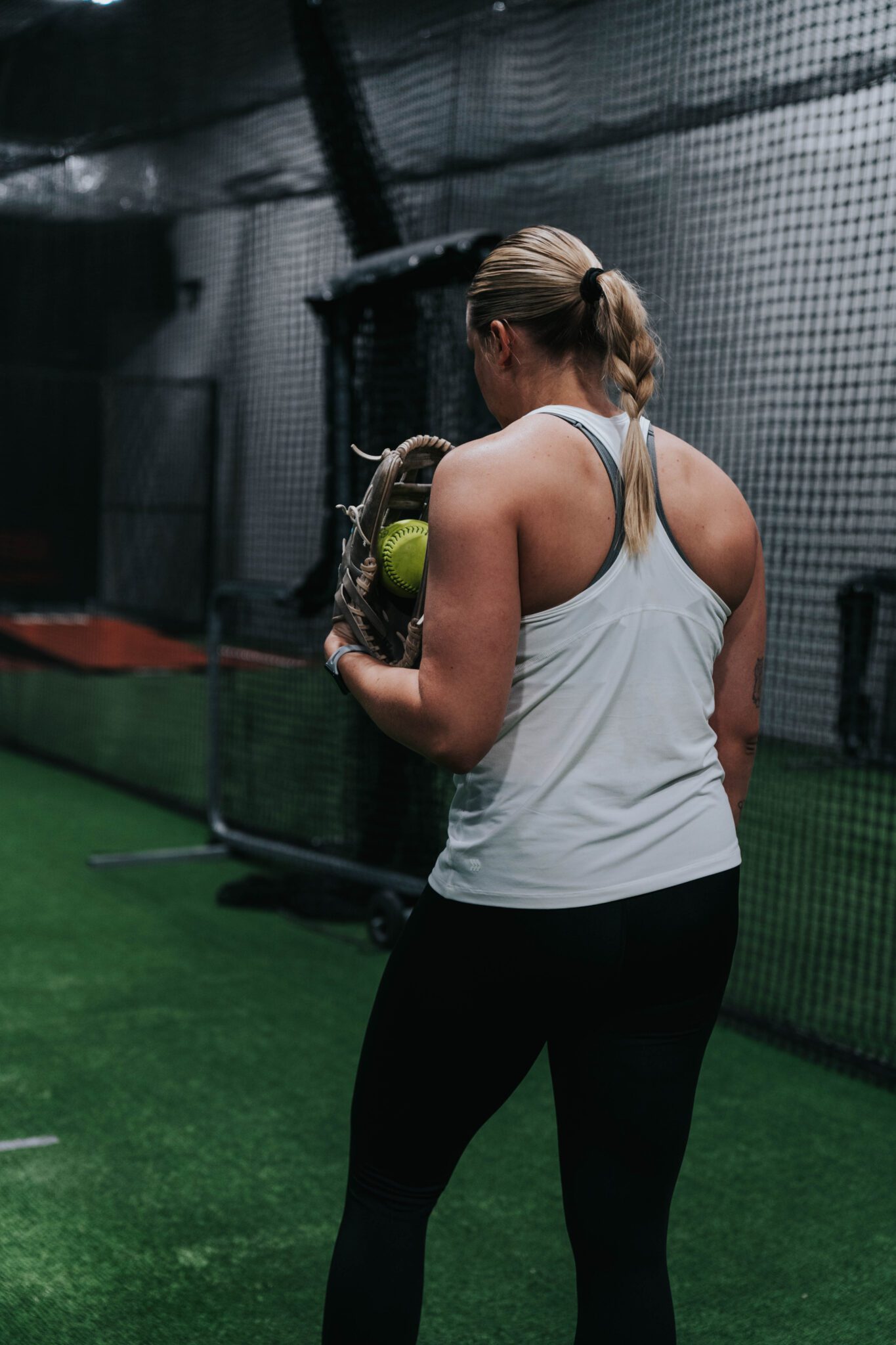The thing about pitching speeds is that they have only gotten faster over time. The Guinness World Record for the fastest pitch recorded was set by Aroldis Chapman of the Reds in 2010; he threw the ball at 105.8 mph. For softball, the fastest recorded pitch record is held by Monica Abbot and her 77 mph fastball. There has been a significant rise in velocity as athletes work to get bigger, stronger, and faster through training. It is amazing to see the physical feats and improvements that the human body can accomplish with the help of optimal training, conditioning, and nutrition. In pitching, fastballs aren’t everything. Successful pitchers should be able to vary their pitches with different velocities. Throwing hard is good; throwing with control and accuracy is even better. Are you a pitcher seeking to improve your velocity? Read on to learn more about what to expect from a pitching velocity program.
What’s in a pitching velocity program? Velocity is defined as the speed and direction of motion of an object. These specialized training programs are designed to help pitchers increase their pitching velocity. Training sessions usually involve a combination of strength training, conditioning, and technical instruction.
- Strength matters. Building muscle mass and strength is so essential for pitchers to do through strength training. Increasing strength can also help to reduce injuries. Pitching doesn’t just require a strong throwing arm; a pitcher’s legs, back, core, and shoulders are all involved in the pitching motion. Some common types of strength exercises for pitchers include deadlifts, bench press, overhead press, rows, and pull-ups.
- Conditioning is key. Pitching is a full-body exercise, and pitchers need to be in top physical condition in order to throw their best pitches. Improving endurance and stamina for long innings is important too. On the mound, pitchers must be able to move and change directions quickly. Running, sprints, and hill sprints can help pitchers to improve speed and agility.
- More power. Pitchers can also work on plyometric exercises, which are great for increasing power and speed. These explosive muscle contractions can help pitchers to generate more force. Some plyometric moves include depth jumps, squat jumps, box jumps, bounding, medball throws, and lunges with jumps.
- Core power. A strong core is a necessity for pitchers who wish to gain velocity. Doing exercises to help strengthen the core can provide stability for a pitcher’s body, which is constantly in motion. Some core exercises for pitchers might include planks, side planks, crunches, leg raises, and Russian twists.
- Technical instruction can help. Working specifically on the mechanics of pitching helps to fine-tune the process for pitchers. Technical instruction tends to focus on developing the pitcher’s mechanics and throwing motion. It usually includes drills and exercises that focus on improving the pitcher’s ability to control the ball, generate velocity, and locate pitches. Most players benefit from working with a professional trainer to have this kind of training plan tailored to their level of pitching goals and needs. This kind of specialized training can help pitchers to throw the ball more effectively and efficiently.
- Food matters too. An athlete who is training to be his or her best should always consider the nutritional aspect of their training. Pitchers should be fueling the body with appropriate carbs, fats, and proteins as well as sufficient fuel for endurance on the mound.
- Commit to it. While these pitching velocity programs can be effective, players must be committed to the training. For pitchers, that means being dedicated to sessions of hard work each week.
Pitching velocity programs include so many exercises and areas of focus, and in turn, they provide some great benefits for athletes. Some of these include:
- Increased velocity. For players looking to get to the next level, a faster fastball can be an important pitch in their repertoire. Putting in the work in a pitching velocity program aims to get the results of increased pitch speeds.
- Better mechanics. Throwing fast is not the only important component of pitching. Working to get better mechanics and techniques can help pitchers to gain control and power in their pitching.
- Fewer injuries. The repeated motions in pitching are quite a physical demand on the body. There is always a risk of injury in baseball, but going through a pitching velocity program to build strength and improve mechanics can truly help with injury prevention.
Velocity building is a gradual process that many players choose to focus on in the off season. It is important for pitchers to work with professional trainers and a properly designed pitching velocity program.
At ROI, a team of physical therapists, strength and conditioning coaches, exercise physiologists, nutritionists, and other specialized therapists use the latest technology and training techniques to help athletes to achieve optimal performance. For baseball strength and speed programming, ROI aims to deliver a comprehensive program that’s designed to help players maximize their potential.
ROI’s program for baseball begins with a physical therapy evaluation that assesses upper and lower body mobility, muscle performance and strength testing, and a functional movement screen. Athletes are then prescribed individual exercises for their training program.
Are you looking to make and meet some high velocity goals? Reach out to ROI to learn more about the training and programs offered.

